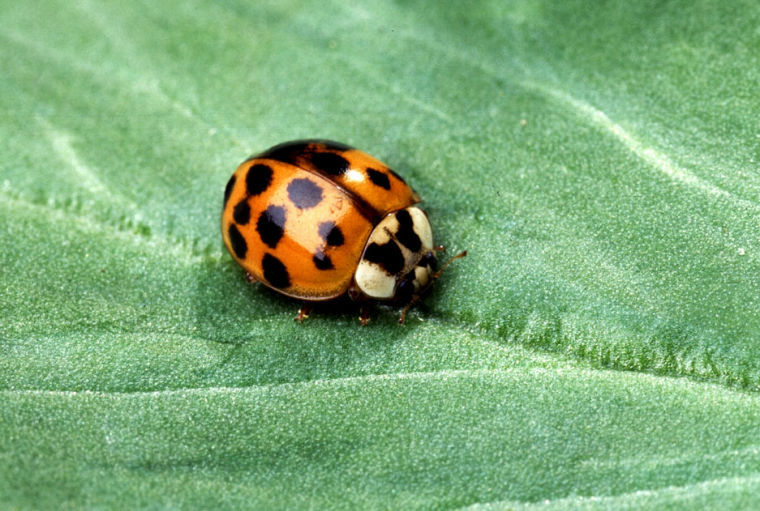Ladybugs become a pest during the winter months
Published 12:00 am Wednesday, January 23, 2013
Ladybugs, also known as lady beetles, are typically one of our most beloved beneficial insects. During summer months they are a welcome sight in gardens, preying on aphids, whiteflies and other soft-bodied insects. However, during the fall and winter months ladybugs become a nuisance to many, invading homes by the hundreds and even thousands.
The multicolored Asian lady beetle, Harmonia axyridis, is the species most commonly found entering structures. This particular ladybug was introduced to the United States in the 1970s as a biological control agent. In their native habitat of Japan, Korea and portions of Asia, they overwinter in cliffs, protected from the weather. As temperatures warm in the spring, they move from these sites in search of food. Unfortunately the lack of cliffs in Louisiana makes the vertical walls of our homes the next best thing. Furthermore, ladybugs are often more attracted to white and light colored surfaces with a south or southwest exposure.
Ladybugs will not attack the structure of your home, furniture or fabric. They do not sting nor carry any diseases. Because of the benefits ladybugs provide the majority of the year, chemical control should be avoided when possible. Begin by locating and sealing any cracks or crevices in walls. Check that all doors, windows and screens are tight fitting and free of gaps. Use a vacuum to collect the insects, and dispose of them far from your home. Avoid removing ladybugs by hand. Although they do not sting or bite, when irritated they may release a yellow foul-smelling substance which can stain fabric and walls. This substance is harmless to humans.
For more information contact the St. John Parish LSU AgCenter Extension Office at 985-497-3261 or visit www.lsuagcenter.com.
Mariah Bock is the LSU AgCenter County Agent for St. John the Baptist Parish. She can be reached by email at mbock@agcenter.lsu.edu.






